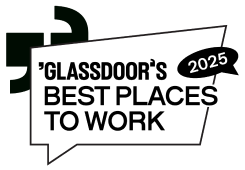On March 16th, the federal government advised the public to avoid gatherings of 10 or more people, compelling millions of people around the nation to rely on work-from-home arrangements. Raft has always been a Remote-First workplace, and over the years we’ve settled on some best-practices we’ve decided to share in this post. Our experience has made us huge advocates for teleworking arrangements, and we believe any business and organizations would be wise to explore this option given the extraordinary circumstances of this quarantine.
The Tech Essentials
Remote-First can’t happen without the technology and tools that allow team members to connect with each other. We’ve put our trust in the following tools:
- Mattermost: For one-on-one chat, private/public chat rooms, reactive emojis, and general team accessibility, Mattermost is one of our primary tools. Why not Slack? Because Slack isn’t open source and can’t be deployed internally to our environment. Furthermore, installing Mattermost is quick, easy, and very well documented.
- Zoom: When text chat just isn’t enough, we hop on video conferences to resolve urgent issues, host group meetings with clients, and facilitate daily standups. In the past, Zoom had its fair share of issues with security vulnerabilities, but the service is now more stable amidst the recent surge in remote work.
- Google Meet: It’s always good to have a back-up mode of communication, and Google meet is the perfect alternative when Zoom is down. Comparing the pros and cons of each service would be better suited for another post; however, Meet’s ability to transcribe an entire meeting is definitely useful.
- Office 365: As a respected name in productivity software, Microsoft’s suite of Office tools has earned its place on this list. Trust us, Google Suite doesn’t even come close. In Office 365, it’s easy to set up libraries of documents accessible by multiple people rather than copying and pasting multiple shared URLs.
- Noise Cancelling Headphones: If you’re using your cell phone speaker, you will sound terrible. If there is background noise in your environment, you’re going to sound even worse. A set of Bluetooth enabled headphones are helpful, not only for home offices, but any environment you find yourself working in.
- Reliable Wi-Fi: While Ethernet access is generally faster and more reliable, a wireless connection gives you the flexibility to work from any part of your home – even the deck on a nice day. Having a Wi-Fi mesh that covers most of your home office ensures that you’re not “frozen” in an awkward pose during a video conference.
- Virtual Private Network (VPN): While we are big supporters of open access, even we understand that some things shouldn’t be publicly available. Having a secured tunneled connection, either to our own or a client’s network, is essential to successful operations.
Follow a Routine
It is easy to fall into a relaxed mindset while working from home; however, work still needs to be done. It’s best to maintain a daily routine, whether it includes working out, making breakfast, cleaning up, or changing from PJs to pants. Whatever you choose, it is important to stick to a routine before logging in to start the day. This routine will train your brain to realize that when you’re done with these routines, it is time to make a difference.
Treat Everyone Like an Adult
Faith is a key aspect of any remote-first culture. Typically, there isn’t time for micro-management or clocking-in and out. If the team is given a task and a timeline, it’s the team’s responsibility to meet expectations.
Recognize That Creativity Doesn’t Clock Out
On our team, which is geographically distributed across the East and West coasts, one person’s 9-to-5 is another person’s 6-to-2. Some are early birds; others are night owls. Between individual works tasks, client meetings, and personal obligations, it can be difficult to find a time for collaboration when everyone feels fresh, focused, and ready to engage. In a remote working culture, flexibility is favored for creativity, so we’ve eschewed the traditional 8-hour schedule and established 4 core hours, between 10:00 am EST to 2:00 pm EST, when team members are expected to be available online. This allows us all to effectively bring our best ideas to the table, whether inspiration strikes late at night, early in the morning, or late in the afternoon.
Maintain a Casual Culture
At Raft, we have a relaxed, collaborative, and fun culture. We maintain that culture remotely by allowing our team to use collaboration tools for casual interactions with one another. Our general Mattermost chat often features emojis, gifs, and a variety of informational articles from around the web. Alternatively, we avoid tools that foster distrust, like git blame. As a remote-first organization, it is critical to put tools in place that allow the team to express themselves and feel connected to a positive working culture, regardless of distance.
Minimize Notifications
With great tools comes great responsibility. Zoom and Mattermost make it easy to reach out to anyone in the team; however, every meeting, memo, and one-on-one interaction takes time and breaks concentration. When you need to dive into focused work, let your team know that you will be turning off email and messenger notifications for the next hour. Conversely, be respectful of others’ workflows by only notifying them of urgent issues. As a common courtesy, Raft employees avoid pinging team members in Mattermost chat unless they need an immediate response.
Make Your Health A Priority
While its convenient to work from the convenience of your bed, sitting in the same spot for 40+ hours a week can put serious strain on your body. It’s important to schedule regular breaks within your workday to stretch and exercise. Going for a walk or performing household chores, like going to get the mail or doing the laundry, can help decrease your chances of atherosclerosis, diabetes, obesity, and depression. If working from home, creating a clean and organized workspace can help contribute to your mental health as well. Make sure your home office is separated from your living space and located in a place where you can work free from distraction. And whenever possible, avoid working from the couch or in bed, your back will thank you.
Keep Your Equipment Secure
Working remotely isn’t restricted to working from home. It can often include working from a coffee shop, a co-working space, or the public library. However, it is important to be cautious. Always use your VPN when connecting to unsecured Wi-Fi networks, logout when leaving laptops or other equipment un-attended, and incorporate operational security tools and software to keep your crucial data secure, even in the event of a misstep. More collaboration tools mean more passwords to remember, and it can be tempting to keep them simple and reuse them to make it easy on ourselves. Having a secure password manager such as KeePass makes it painless to create strong, unique passwords for each service without having to memorize all of them.
These are just some of the best practices we follow. As a small business, our processes are continually evolving for the better. If you are looking for more information on remote working arrangements, we’d recommend reading Remote: Office not required written by the folks behind Basecamp.


